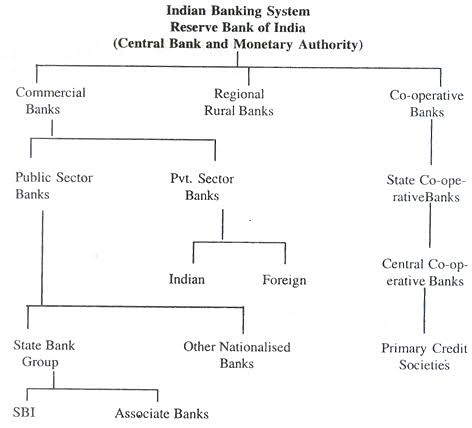Indian Economy
Financial Stability Report: RBI
- 28 Dec 2019
- 4 min read
Why in News
The Reserve Bank of India has released the 20th issue of the Financial Stability Report (FSR).
- The FSR reflects the collective assessment of the Sub-Committee of the Financial Stability and Development Council (FSDC) on risks to financial stability and the resilience of the financial system.
- The Report also discusses issues relating to development and regulation of the financial sector.
Key Points
- Credit Growth
- Bank credit is the total amount of funds a person or business can borrow from a bank.
- Scheduled Commercial Banks’ (SCBs) credit growth remained subdued at 8.7% year-on-year (y-o-y) in September 2019, down from 13.2% in March 2019.
- Private Sector Banks (PVBs) registered double digit credit growth of 16.5% in September 2019.
- Expected Increase in Gross Non-Performing Asset (GNPA) Ratio
- SCB’s Gross Non-Performing Asset (GNPA) ratio of banks may increase to 9.9% by September 2020 from 9.3% in September 2019.
- Public Sector Banks’ (PSB) GNPA ratios may increase to 13.2% by September 2020 from 12.7% in September 2019.
- For private banks, the ratio may climb to 4.2% from 3.9%, under the stress scenario.
- Foreign banks’ (FB) GNPA ratio may increase to 3.1% from 2.9% in September 2019.
- Non-Performing Asset
- Non-Performing Assets (NPA) refer to a classification for loans or advances that are in default or are in arrears on scheduled payments of principal or interest.
- In most cases, debt is classified as non-performing, when the loan payments have not been made for a minimum period of 90 days.
- Gross non-performing assets are the sum of all the loans that have been defaulted by the individuals who have acquired loans from the financial institution.
- Net non-performing assets are the amount that is realized after provision amount has been deducted from the gross non-performing assets.
- All banks’ Capital to Risk-weighted Assets Ratio (CRAR) improved to 15.1% in September 2019 from 14.3% in March 2019, following the recapitalisation of PSBs by the government.
- CRAR is a measurement of a bank's available capital expressed as a percentage of a bank's risk-weighted credit exposures. It is also known as the Capital Adequacy Ratio (CAR).
- CAR = (Tier 1 Capital + Tier 2 Capital)/Risk weighted Assets
- Tier-1 capital, or core capital, consists of equity capital, ordinary share capital, intangible assets and audited revenue reserves. Tier-1 capital is the capital that is permanently and easily available to cushion losses suffered by a bank without it being required to stop operating.
- Tier-2 capital comprises unaudited retained earnings, unaudited reserves and general loss reserves. This capital absorbs losses in the event of a company winding up or liquidating
- Provision Coverage Ratio (PCR) of all SCBs rose to 61.5% in September 2019 from 60.5% in March 2019 implying increased resilience of the banking sector.
- Provisioning Coverage Ratio (PCR) refers to the prescribed percentage of funds to be set aside by the banks for covering the prospective losses due to bad loans.
Way Forward
- The global economy confronted a number of uncertainties – a delay in the Brexit deal, trade tensions, oil-market disruptions and geopolitical risks – leading to significant deceleration in growth.
- As regards the domestic economy, aggregate demand slackened in second quarter of 2019-20 further extending the growth deceleration.
- Reviving the twin engines of consumption and investment while being vigilant about spillovers from global financial markets remains a critical challenge going forward.







